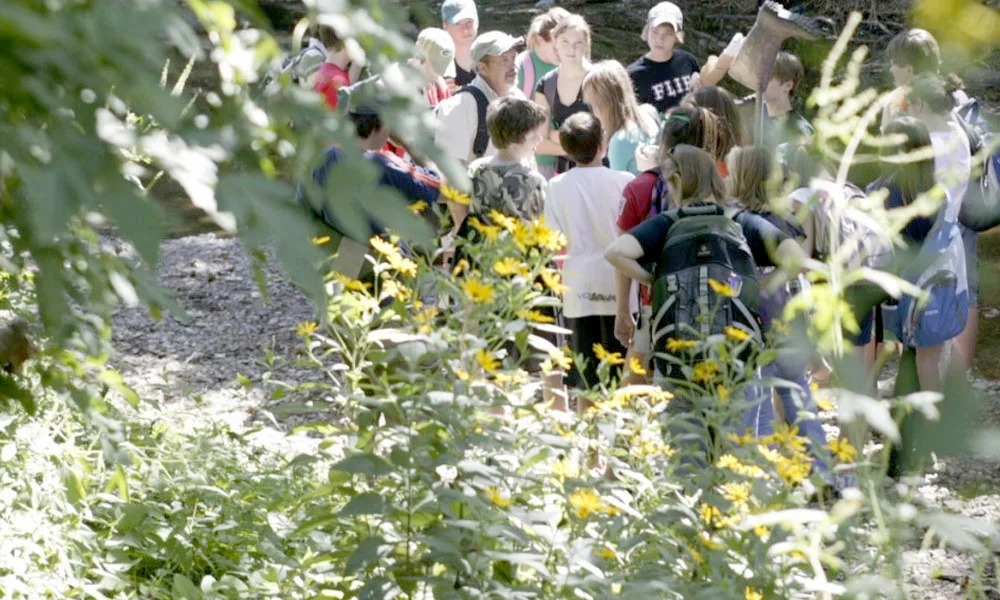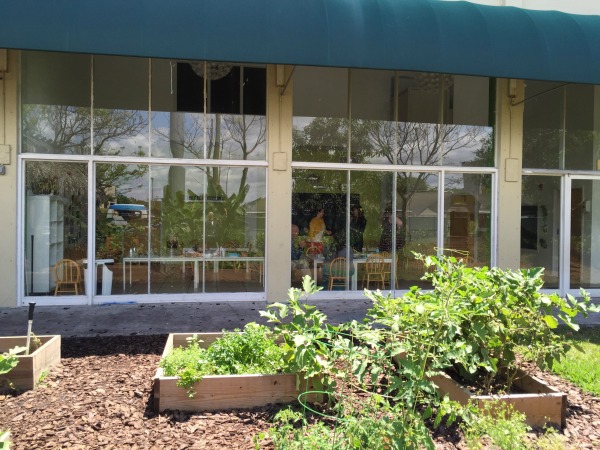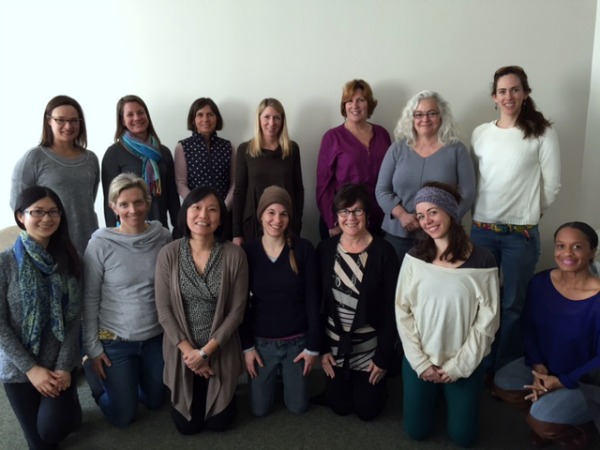Last Friday I spent my birthday with our colleagues at La Scuola in Miami. They gave me one the nicest presents I’ve ever received: a truly inspiring day of telling the stories of their work with their children this year. They are a remarkable team of educators. As Louise and I were packing up, I commented to Barbie Perez, their director, how well they worked together. She responded, I agree, and I think I can trace that to two years ago when you suggested that we focus on one big question for the year. That practice has brought us together. We always have a common interest to share stories about. In this post I’ll write about the protocol we followed to support our dialogue about these learning stories. In the next blog post I’ll write about our subsequent discussion about composing children’s work in books.
The big question for this year at La Scuola has been What Is an Ecosystem? On Friday, we heard about learning in Yemmi Garcia's class of two-year-olds and in Judy Del Rio's first grade. The two-year-olds had developed a beautiful relationship with the playground rooster, CoCo. The first graders have done extensive research on the Florida Pine Rocklands. Our project for the day was to hear their stories and to review the first drafts of the books they are writing about the projects.
After listening to each of these stories we followed a protocol or a step-by-step process to organize and deepen conversation and listening. The purpose of most protocols is to understand, study, appreciate and improve teaching and learning through a shared, structured conversation about a specific learning story during a focused, protected time.
We used a protocol that is a hybrid between Harvard Project Zero’s Collaborative Assessment Protocol and the Ladder of Feedback.
Our version goes like this:
- First of all, the presenter shares the context of the learning story and the student work that resulted.
- Next, all participants say what they see, notice and observe about this work.
- Third, participants say what they speculate the students are learning and working on and what they value about the work.
- Fourth, participants raise questions, concerns, suggest possibilities.
- Finally, with all of the above as background knowledge, all participants brainstorm and dialogue together about question/s presenter poses.
Judy’s first graders, through field trips, on line research, and visits from experts, have developed an extensive understanding of the fragile ecosystems in the Pineland Rocklands. Judy has done a masterful job of listening to their questions and theories and guiding them to resources for understanding. After listening to the many steps that they have taken, and seeing the outstanding work they have done to demonstrate their understanding, it was not surprising to hear that they have decided to compose a Guide to the Florida Pine Rocklands to advocate for more careful conservation efforts. They will compose a 3 minute video to post on Youtube. It is impressive and compelling to see and hear a knowledgeable team of six-year-olds advocating for preservation.
Yemmi’s two-year-olds started the year with a bird feeding project that morphed into building a trusting relationship with the school yard rooster. Coco was the “pet” of the Barbie’s father, Choncho (a most charming school custodian and grandfather in residence). The children were fascinated that Coco would practically eat from Choncho’s hand, but Coco would always run away from them. They wanted, more than anything, for Coco to eat from their hands and to be their friend. Five months later, after practice, reflection, revision, making ceramic water bowls, researching and making gourmet rooster food, proper shelter, rooster sweater wear, and rooster playground equipment, they succeeded. I won’t divulge the conclusion. I will say, however, it’s one of the most compelling stories many of us had ever heard…not just as an endearing story of children and a rooster, but also for the underlying story of what long lasting habits of mind and dispositions, skills and social and emotional learning can occur when a team of teachers listen to children deeply, follow them with open minds, and guide them with open hearts.
The syntheses above both tell each of the learning stories and reveal some of what came from our collective and collaborative dialogue using the protocol outlined above.
In our experience, this process turns out to be tremendously affirming for the presenting teacher, informative and generative for all the participants, and useful and practical in imagining next steps for the presenting teacher and his or her students. In the case at La Scuola, this process set the stage for our subsequent discussion focused on composing children’s work in books (coming in the next blog post)!











